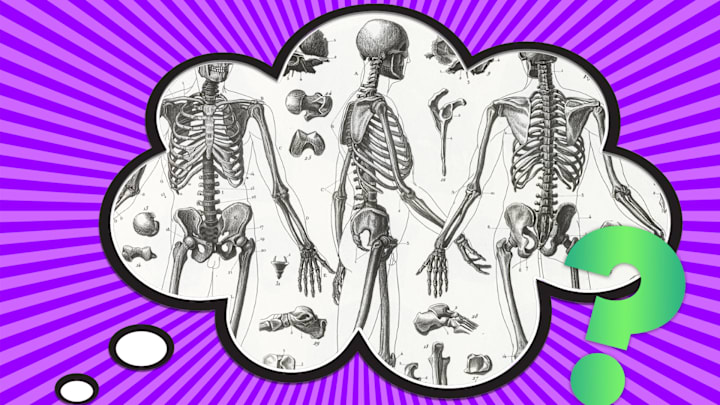If you’re taking a grade-school science quiz, competing on Jeopardy!, or playing pub trivia, the answer to a question about the number of bones in the human body is probably 206. (Or, in Jeopardy!’s case, “What is 206?”)
But the notion that every person has a tidy 206 bones is sort of a misconception. For one thing, it only applies to adults. Babies are born with somewhere in the range of 270 to 300 bones, some of which are made completely of cartilage. As a baby grows, a bunch of bones fuse together and calcify, decreasing their total bone count. Infants, for example, typically have 33 vertebrae, compared to 24 for adults. And your upper arm bone—the humerus—used to have three to four parts.
It understandably takes years to complete this process. According to Popular Science, most of your bones have settled into their final form around puberty. But certain ones keep growing well past that point; you might be in your mid-twenties before your clavicle calls it quits.
That’s not to mention all the people who never end up with exactly 206 bones. Some people have a bonus vertebra, the L6, at the base of the lumbar region of their spine. Others have additional sesamoid bones: pea-shaped protrusions in the muscles or tendons near your foot, hand, and wrist joints. And while most people have 24 ribs—12 on each side—it’s not uncommon for someone to have one or two more than that. These cervical ribs are located above the rest of the ribs. Being born with fewer or more than 10 fingers and 10 toes can also obviously impact your final bone count.
In short, 206 is the most common answer to the question, but it’s not the only answer.
Have you got a Big Question you'd like us to answer? If so, let us know by emailing bigquestions@mentalfloss.com.
